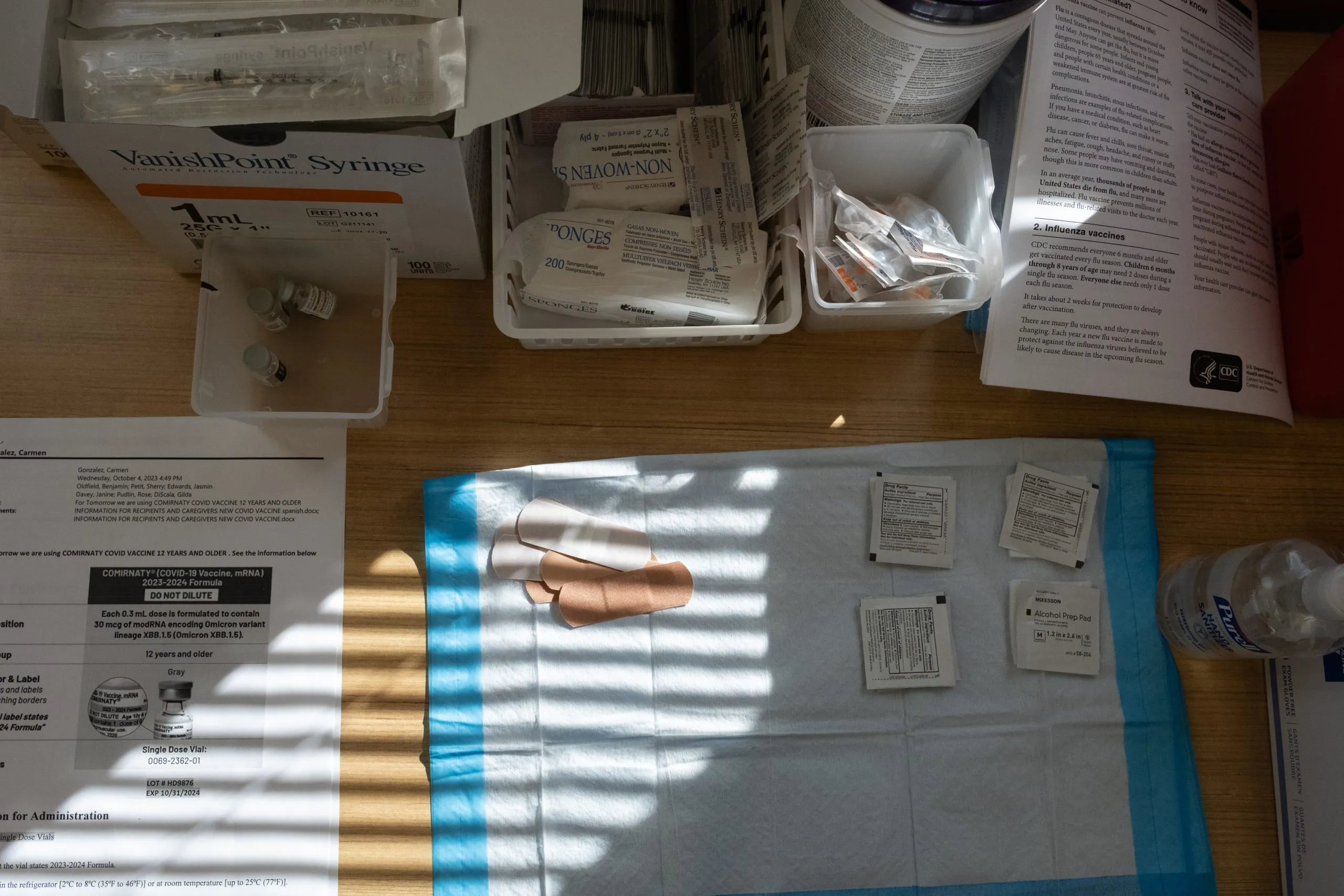As the landscape of the COVID-19 pandemic continues to evolve, new variants of the virus have emerged that pose new challenges for public health officials and individuals alike. With reports of two new COVID variants spreading in Connecticut and warnings from doctors about painful strains in New York, it is crucial to stay informed about symptoms and testing options. In this article, we’ll delve into the characteristics of these new variants, what symptoms to watch for, and the importance of using at-home test kits.
Understanding the Variants
The onset of new COVID-19 strains is not unexpected as the virus continues to spread and mutate. Health officials have recently identified two new variants circulating in Connecticut that are being monitored closely due to their potential to infect individuals even after vaccination or previous infection. These variants, although not yet categorized as variants of concern, are drawing attention for their transmissibility.
In New York, doctors are alerting the public to painful new COVID strains that could lead to a resurgence of cases, hospitalizations, and potential complications for vulnerable populations. These variants appear to manifest different symptoms and could challenge the effectiveness of existing therapeutic interventions.
Symptoms of the New COVID Variants
Research indicates that while some symptoms of COVID-19 remain consistent across variants, patients with the latest strains might experience distinct symptoms. The classic symptoms of COVID-19, such as fever, cough, and shortness of breath, still prevail. However, emerging evidence suggests that individuals with these new variants may report:
- Increased Headaches: Many patients are experiencing more severe headaches than with previous strains.
- Muscle Pain: Pains and aches in the body have become more common.
- Loss of Taste and Smell: Some individuals continue to report this symptom.
- Minor Respiratory Symptoms: Such as a dry cough or mild sore throat.
- Gastrointestinal Issues: Including diarrhea, which may be more prevalent in certain new cases.
It’s essential to recognize these symptoms quickly as testing and isolation may reduce the spread of the virus significantly.
Mild vs. Severe Symptoms
Interestingly, the new COVID-19 strains seem to cause a broader range of symptoms, but many individuals report mild cases. This can create a false sense of security, as some may mistakenly assume that mild symptoms do not warrant testing or isolation. However, public health officials caution that even mild symptoms can lead to serious health complications, particularly in unvaccinated individuals or those with underlying health conditions.
The observation that many symptomatic cases are categorized as mild does not lessen the potential impact of the variants on healthcare systems. Hospitals are still at risk of becoming overwhelmed, especially with flu season approaching, which can compound the severity of respiratory illnesses.
Importance of At-Home Testing
Given the rapid spread of these new variants and the mild nature of many symptoms, utilizing at-home COVID-19 testing kits is becoming increasingly vital. These test kits allow individuals to quickly determine their status without the need for a visit to a testing center, which reduces the risk of exposure to the virus while waiting for results.
Here’s why at-home testing is valuable:
- Quick Results: Most at-home tests provide results in as little as 15-30 minutes.
- Convenience: Tests can be administered in the comfort of one’s own home at any time.
- Privacy: Individuals can take tests without the need to visit a clinic or public health site.
- Reduces Strain on Healthcare Facilities: By testing at home, fewer people are visiting clinics for unnecessary tests, which helps keep healthcare workers available for those who need care the most.
It is important to follow up with a healthcare provider if there is a positive test result, especially considering the potential complications associated with these new strains.
What to Do If You Have Symptoms
If you experience any symptoms related to COVID-19, even mild ones, it is crucial to take action immediately. Here’s a guide on what steps to follow:
- Isolate: Stay home and avoid contact with others, including those in your household.
- Test: Use an at-home test kit if available. If you receive a positive result, consider testing again or seeking a PCR test from a health provider for confirmation.
- Inform Close Contacts: Notify those you’ve been in close contact with in the days prior to your symptoms, so they can monitor their health and get tested if necessary.
- Monitor Your Symptoms: Keep track of any changes in your condition. Seek medical attention if you experience worsening symptoms, such as difficulty breathing.
- Follow Guidelines: Adhere to the public health guidelines provided by your local health department.
The Role of Vaccination
Vaccination continues to be a key mitigation strategy against COVID-19. While some individuals may question the effectiveness of the vaccine against new variants, studies indicate that vaccinated individuals generally experience milder symptoms, reduced hospitalization rates, and a lower probability of severe illness. It is essential to stay updated on booster recommendations as they evolve, especially as data on how well vaccines stack up against new variants becomes available.
Conclusion
The emergence of new COVID variants in Connecticut and New York serves as a reminder of the ongoing nature of the pandemic. With variants causing mild and sometimes painful symptoms, being vigilant about testing, monitoring health conditions, and adhering to health guidelines is more important than ever. As the community navigates this changing landscape, staying informed about symptoms and practicing responsible health measures can help mitigate the spread and impact of COVID-19.
With proactive measures and a commitment to public health, we can work together to manage the risks associated with these evolving COVID variants and protect our communities.







